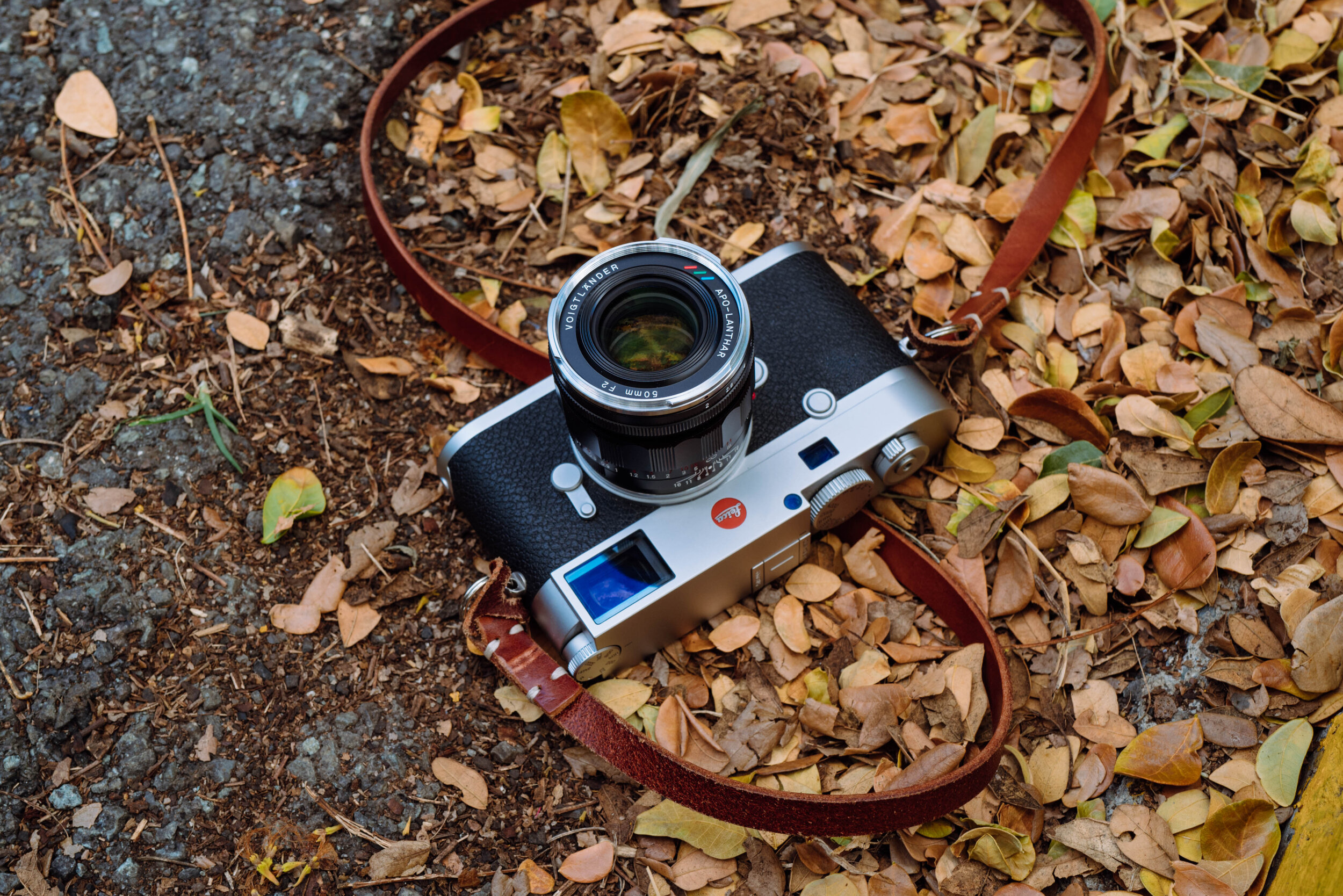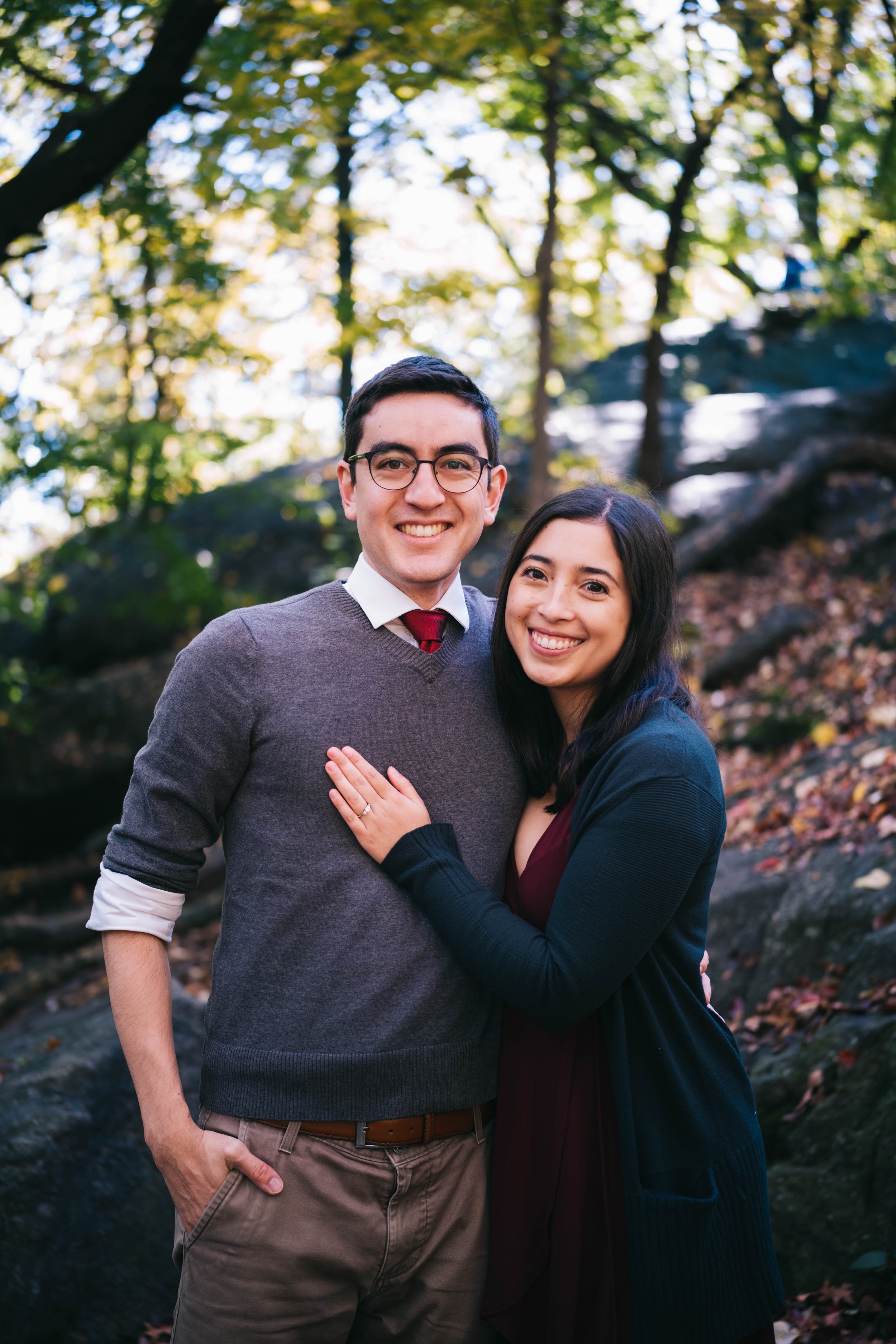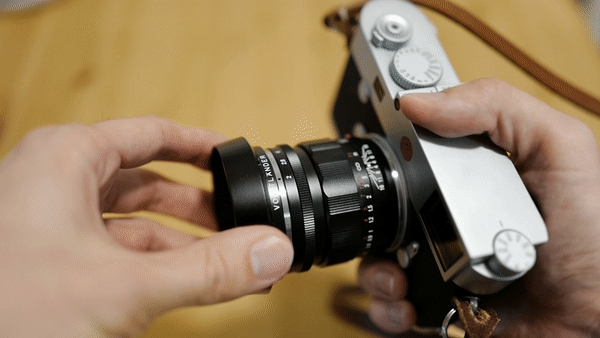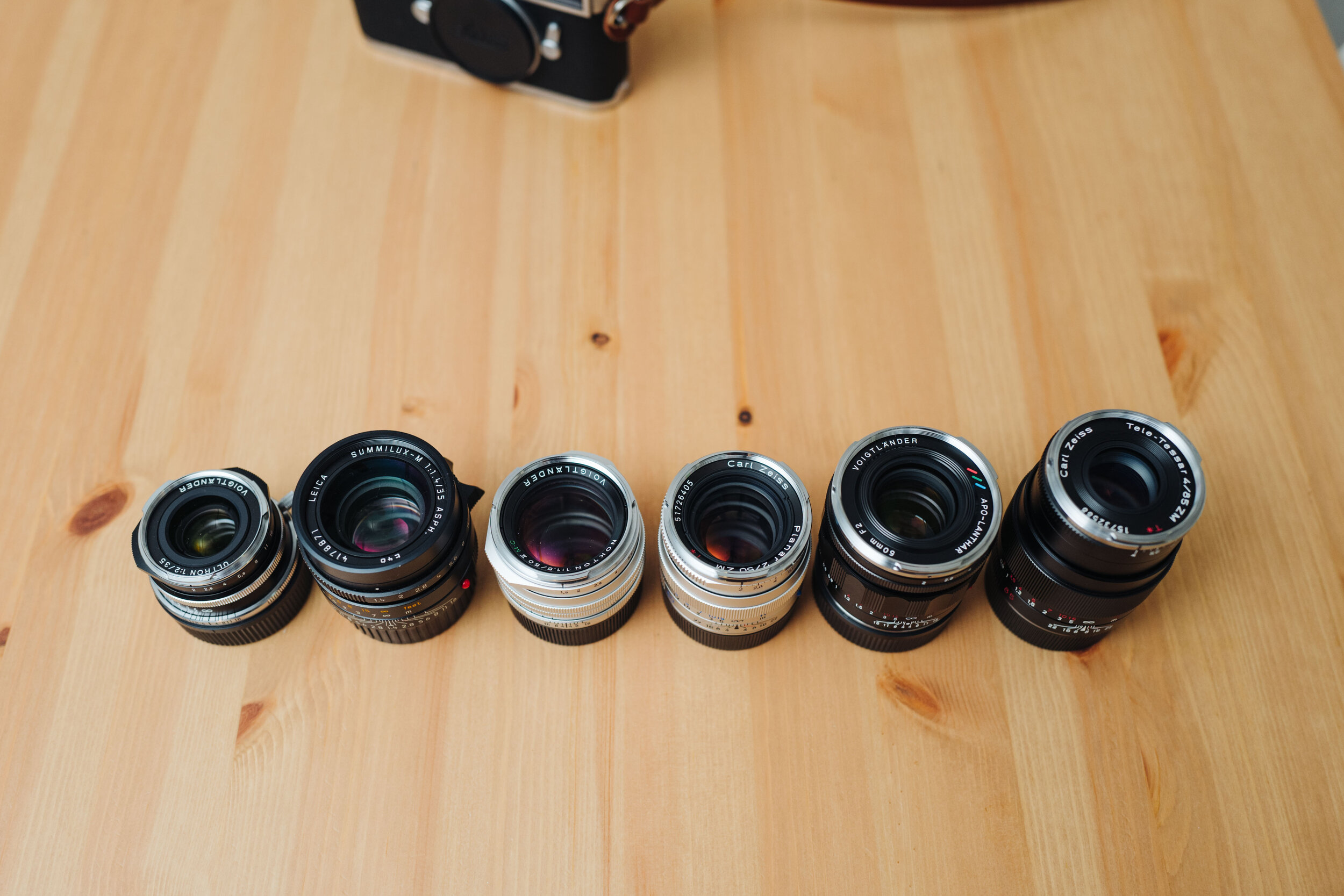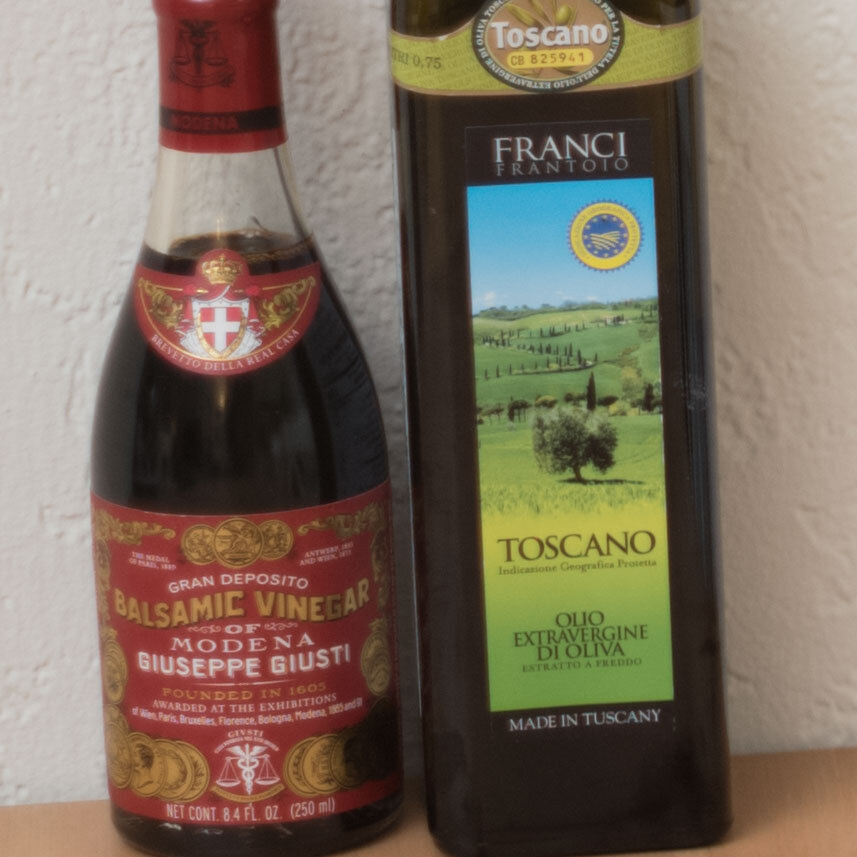Updated May 2025
Introduction
In 2013, Leica released the extremely high-quality 50mm Summicron APO ASPH in order to meet the demands of increasingly high resolution sensors. While that lens is undoubtedly incredible, it retails for over $9000. In 2019, Voigtlander released its 50mm f/2 APO-Lanthar for Sony E mount, a lens of similar performance but for only $1049. It’s been very popular due to its perfect image quality and compact size. And in 2021, Voigtlander finally released an M-mount version. It uses four aspherical elements and a floating group to achieve extreme image quality, and is advertised as the highest performance normal lens that Voigtlander has ever made. Understandably, it was one of the most highly-anticipated M mount lenses to ever be released.
Voigtlander 50 APO @f/2, Leica M10
Voigtlander 50 APO @f/2, Leica M10
Voigtlander 50 APO @f/5.6, Leica M10
Voigtlander 50 APO @f/4, Leica M10
If you’d like to save the time of reading through this whole review, I’ll tell you right now that the Voigtlander 50/2 APO fulfills all expectations. It’s optically perfect yet with a reasonable size and weight. At $999, it probably represents the highest performance-to-cost ratio of any M lens.
In this review, I’ll be comparing it to the Zeiss 50/2 Planar ZM (review). Most people are probably thinking a comparison to the Leica 50 APO would be more appropriate, but that sounds uninteresting as it would be comparing two essentially perfect lenses. Also, I don’t have >$9000 to buy one. If you’d like to see a comparison, check out Steve Huff’s side-by-side. From his comparison, it seems the Voigtlander is slightly shorter in true focal length and has more vignetting, but otherwise the lenses perform the same. The Leica is marginally smaller, has a built-in hood, and uses a focus tab.
The Zeiss 50/2 Planar seems like an interesting comparison because it represents the highest image quality previously available in this price range. I anticipate many people will be deciding between these two lenses. Also, the Zeiss Planar is almost identical to the Leica 50 Summicron non-APO, so you get to compare the Voigtlander APO to that lens by proxy.
Voigtlander 50 APO @f/8, Leica M10
Voigtlander 50 APO @f/2, Leica M10
Voigtlander 50 APO @f/8, Leica M10
Voigtlander 50 APO @f/5.6, Leica M10
Build quality
With all-metal construction, the Voigtlander APO feels just as nice as a Leica. My only minor complaint is the hood’s bayonet attachment isn’t rock solid like Leica’s screw-on hoods and has some play in it:
Size and handling
The Voigtlander APO is somewhat larger than the Zeiss Planar but not by that much. It’s still a reasonable size for a rangefinder lens, which is surprising considering that this lens wasn’t even designed for rangefinders originally. For another comparison, the Voigtlander APO is almost the exact size of the Leica 50 Summilux ASPH, although significantly lighter.
The lens handles well, and the focus and aperture rings feel fantastic. The focus ring is very smooth with light resistance, with a focus throw of exactly 90 degrees. There is no focus bump or tab.
From left: Voigtlander 35/2, Leica 35/1.4 FLE V1, Voigtlander 50/1.5 II, Zeiss 50/2 Planar, Voigtlander 50/2 APO, Zeiss 85/4
Viewfinder blockage
There is minor viewfinder blockage.
Viewfinder blockage at infinity on Leica M10
Viewfinder blockage at 0.7m on Leica M10
Image quality
Distortion:
The Voigtlander APO has minimal/none, and the Zeiss Planar has slight barrel distortion. Neither lens has enough distortion to bother me.
Zeiss Planar
Voigtlander 50 APO
Vignetting:
The Voigtlander has stronger vignetting, but neither lens has excessive vignetting wide-open. It also looks like the Voigtlander has slightly less light transmission than the Zeiss.
Zeiss Planar, f/2, uncoded
Voigtlander APO, f/2, uncoded
Lateral chromatic aberration:
Both lenses have no visible lateral chromatic aberration.
Longitudinal chromatic aberration:
I rarely do controlled tests for longitudinal CA, but since we’re dealing with an apochromatic lens, I figured a comparison with the Zeiss Planar would be interesting.
Overview
 APO f/2
APO f/2
 Planar f/2
Planar f/2
 APO f/2
APO f/2
 Planar f/2
Planar f/2
I can definitely see some magenta/green bokeh fringing in the Zeiss’s background blur, which is nearly absent in the Voigtlander due to its apochromatic design.
Bokeh:
Typical for such a highly-corrected lens, the Voigtlander’s bokeh is very smooth with less “soap-bubble bokeh” than most other M mount lenses. There is however a somewhat high degree of optical vignetting which can cause “cat’s-eye bokeh” in the periphery at wide apertures.
Voigtlander 50 APO @f/2, Leica M10
Voigtlander 50 APO @f/2, Leica M10
Voigtlander 50 APO @f/2, Leica M10
Voigtlander 50 APO @f/2, Leica M10
Purple fringing:
A very demanding test for even the best lenses is looking for purple fringing in bright, out-of-focus areas, especially in the periphery:
Overview
Zeiss Planar, f/2, focused at infinity
Voigtlander APO, f/2, focused at infinity
Both lenses have some purple fringing, but neither has enough to be a real issue, in my opinion.
Sharpness, infinity:
Overview shot
Zeiss Planar, center @f/2
Voigtlander APO, center @f/2
Zeiss Planar, mid-frame @f/2
Voigtlander APO, mid-frame @f/2
Zeiss Planar, edge @f/2
Voigtlander APO, edge @f/2
Zeiss Planar, corner @f/2
Voigtlander APO, corner @f/2
Analysis: The Voigtlander APO is perfect even in the corners, whereas the Zeiss is a little hazy/soft in the edges and corners at f/2. I didn’t bother showing tests at other apertures, but the Zeiss become perfect into the corners by around f/2.8-f/4. In summary, the Voigtlander APO is clearly the superior lens, but f/2 edge sharpness rarely matters unless you’re doing landscapes in the dark.
Sharpness, mid-distance (2m):
Overview shot
Zeiss Planar, center @f/2
Voigtlander APO, center @f/2
Zeiss Planar, mid-frame @f/2
Voigtlander APO, mid-frame @f/2
Zeiss Planar, edge @f/2
Voigtlander APO, edge @f/2
Zeiss Planar, corner @f/2
Voigtlander APO, corner @f/2
Analysis: The Voigtlander APO is again perfect in all conditions. The Zeiss Planar is sharp in the center, a tiny bit less sharp in the mid-frame, and smeared in the edges and corners.
Sharpness, minimum distance (0.7m):
Zeiss Planar, center @f/2
Voigtlander APO, center @f/2
Analysis: Both lenses perform well here, although the Zeiss Planar has a little less microcontrast at f/2. Also, the Voigtlander is completely free of focus shift whereas the Planar has a small amount.
Just for fun, I put the Voigtlander APO through the toughest test I can think of: corner sharpness at 0.7m and f/2. Amazingly, it’s still sharp under these conditions:
Voigtlander APO, corner @f/2
Summary and recommendations
Leica M10
Leica M10
The Voigtlander 50/2 APO-Lanthar makes me feel spoiled. I never felt unsatisfied with the previous 50mm offerings, such as the Zeiss 50 Planar (review). But now for under $1000, we can get a compact 50/2 rangefinder lens with image quality as good as the ludicrously expensive Leica 50 Summicron APO, or any flagship mirrorless/SLR lens for that matter. The only downsides are a slight size penalty relative to other 50/2 lenses, and somewhat strong optical vignetting.
I used to think that the Voigtlander 50 APO would be a forever lens for me, but I ended up preferring the Voigtlander 50/2.2 (review). I don’t find the APO’s slight advantage in f-stop or image quality to be significant, whereas I highly value being able to focus to 0.5m with the 50/2.2. Its tiny size is a nice bonus. My recommendation for others is that either of these lenses will be an excellent choice, and it ultimately comes down to personal preference whether compactness or extreme performance is a higher priority.
Good
Insane image quality
Build quality
Price
Bad
Slightly larger than other 50/2 options
Buy here
Making this website is my hobby and hosting it costs $200/year. If you decide to buy this lens and want me to get paid a commission, please complete your purchase using one of these links. Alternatively, you can buy something from my accessories page or buy me a coffee!
Other alternatives
Recommended:
Leica 50 Summilux ASPH (review)
This lens is bigger, less ergonomic, and vastly more expensive than my favorite 50/2 lenses, but it offers significantly shallower depth of field while maintaining superb central image quality. For those who want f/1.4 and can afford it, this is my top recommendation.
Voigtlander 50/1.5 II (review)
I found this lens did not render as beautifully as the 50 Summilux ASPH, but its combination of speed, sharpness, and compactness make it a very compelling lens for the money.
Not recommended:
Leica 50mm f/2 APO-Summicron ASPH
This lens is a bit better than the Voigtlander APO in terms of size and ergonomics. If that’s enough to justify its price tag of over $9000, please reach out to me so I can provide a sponsored link for purchase :)
Zeiss 50/2 Planar (review)
Leica 50 Summicron, non-APO (review)
These are both good lenses, but it’s become harder to recommend them given that they are more expensive than the Voigtlander 50/2.2. There are good deals on the 50 Planar on the used market but I would not recommend paying the full retail price.
Voigtlander 50mm f/3.5 Heliar
This lens offers optical perfection with a fairly limited f/3.5 aperture in a tiny but odd-looking package. For a similar price you can just get the Zeiss 50/2 Planar, so I’m not sure who this lens is for.
Zeiss 50mm f/1.5 Sonnar
Voigtlander 50mm f/1.5 Heliar
These lenses use vintage optical designs and should only be used by those who intentionally want soft, dreamy images with lots of aberrations. They also have very strong focus shift, which makes them a pain to use on rangefinders.
Additional reading
Phillip Reeve’s review (Sony version)
Fred Miranda’s review (Sony version)
Brian Cho’s review
Comparison vs Leica 50 Summilux ASPH by Fred Miranda
Comparison vs Leica 50 APO by Steve Huff
More sample images
Leica M10
Leica M10
Leica M10
Leica M10
Leica M10
Leica M10
Leica M10
Leica M10
Leica M10
